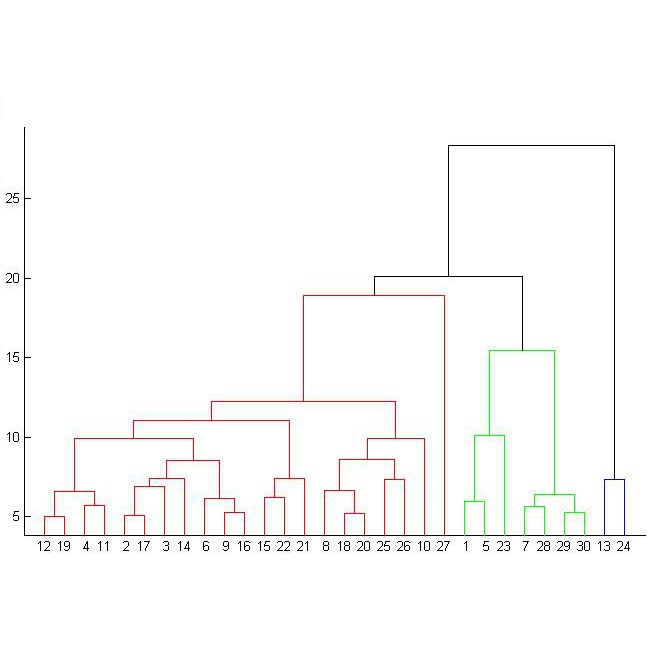Personalized medicine is the future of medical practice. In oncology, tumor heterogeneity assessment represents a pivotal step for effective treatment planning and prognosis prediction. Despite new procedures for DNA sequencing and analysis, non-invasive methods for tumor characterization are needed to impact on daily routine. On purpose, imaging texture analysis is rapidly scaling, holding the promise to surrogate histopathological assessment of tumor lesions. In this work, we propose a tree-based representation strategy for describing intra-tumor heterogeneity of patients affected by metastatic cancer. We leverage radiomics information extracted from PET/CT imaging and we provide an exhaustive and easily readable summary of the disease spreading. We exploit this novel patient representation to perform cancer subtyping according to hierarchical clustering technique. To this purpose, a new heterogeneity-based distance between trees is defined and applied to a case study of Prostate Cancer (PCa). Clusters interpretation is explored in terms of concordance with severity status, tumor burden and biological characteristics. Results are promising, as the proposed method outperforms current literature approaches. Ultimately, the proposed methods draws a general analysis framework that would allow to extract knowledge from daily acquired imaging data of patients and provide insights for effective treatment planning.
翻译:个人医学是医学实践的未来。在肿瘤学中,肿瘤异质性评估是有效治疗规划和预测预测的关键步骤。尽管有DNA测序和分析的新程序,但肿瘤定性的非侵入性方法需要对日常工作产生影响。目的,成像纹理分析正在迅速扩大,希望对肿瘤损伤进行生理病理学评估。在这项工作中,我们提出了一个基于树木的代言战略,以描述受转移性癌症影响的患者在胃内异质性。我们利用从PET/CT成像中提取的放射学信息,并提供关于疾病传播的详尽易读的概述。我们利用这种新型病人的代言语,按照等级分类组合技术进行癌症亚型分类。为此目的,界定了树木之间新的异质性距离,并将其应用于Prostate Case的案例研究。我们从与严重性状况、肿瘤负担和生物特征的一致性的角度探讨集群解释。结果很有希望,因为拟议的方法比目前的文献方法要优于目前的文献方法。我们利用这个新的病人代言语进行癌症传播。我们利用这个新的病人代言,根据等级组合技术进行癌症子分型分类分析,拟议的方法为病人提供了一种一般的分析分析框架。为了从日常获得的图像分析。



